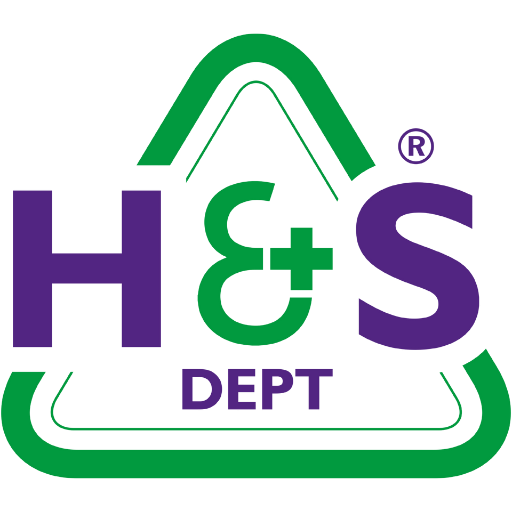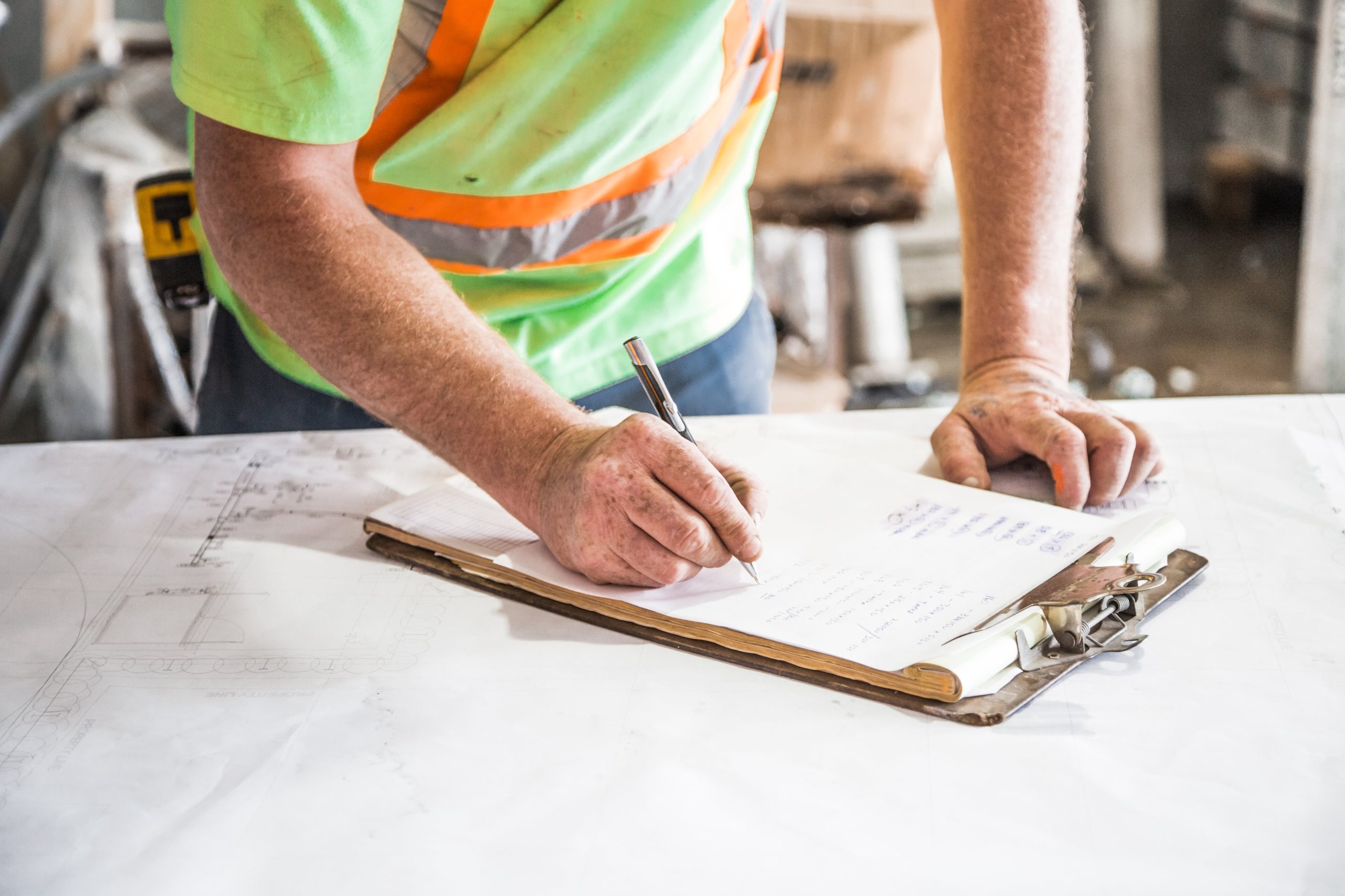Regardless of sector or size, it is the duty of employers to ensure the wellbeing of their staff within professional environments. Of course, implementing policies and procedures is only the beginning; these systems should be systematically reviewed to assess their relevance and effectiveness. This process takes the form of a health and safety audit.
In the following article, we’ll explore the process of health and safety auditing, from initial considerations to checklists and implementations.
Health and Safety Audits: More Than Just a Checklist
Despite what you may have heard, a health and safety audit requires more than a performative glance in the direction of a compliance checklist. At its core, an audit exists as an in-depth exploration of a business’s implementation and management of health and safety protocols. This process involves a critical assessment of existing policies, procedures, and practices, ensuring they are effectively safeguarding employees and aligning with legal standards.
It’s worth noting that audits and inspections, while related, serve different purposes. Inspections seek to identify specific risks and hazards in the workplace, focusing on the immediate environment and activities. Audits, however, take a more holistic approach. They assess the overall effectiveness of health and safety management systems, examining how policies are translated into practice and identifying areas for improvement. This comprehensive evaluation helps businesses not only meet regulatory requirements but also fosters a culture of proactive safety and wellbeing in the workplace.
Beyond Compliance: Understanding Audit Legislation
While auditing itself is not a legal requirement, it plays a pivotal role in the maintenance of a legally compliant workplace and demonstrates a commitment to the wellbeing of your workforce. Audits prove invaluable in this context, helping businesses to understand and meet the legal requirements set out in health and safety laws, while also encouraging practices that actively foster a safety-first culture.
It goes without saying that the world of health and safety legislation is complex and ever-changing. Regular audits ensure that your business not only remains compliant with current laws but also adapts to any legislative changes. This proactive approach minimises the risk of legal repercussions and demonstrates a genuine commitment to employee safety. By understanding and implementing the legal aspects through comprehensive audits, businesses can create a safer, more responsible workplace, enhancing their reputation and operational efficiency.
Conducting An Audit
As you would expect, a health and safety audit is a methodical process that requires careful planning and attention to detail. It begins with a clear understanding of what needs to be audited and setting specific objectives. This phase is crucial for defining the scope and focus of the audit.
During the audit, every aspect of the company’s health and safety protocols is scrutinised. This includes a thorough review of relevant documentation, such as policies, training records, and incident reports. Interviews with staff at various levels provide insights into how these policies are implemented in daily operations. On-site inspections are also critical to observe firsthand the application of safety measures and identify potential hazards.
The culmination of the audit is a comprehensive report that outlines the findings. This report should not only pinpoint areas of non-compliance but also suggest actionable improvements. Implementing these recommendations and regularly reviewing them is essential for ongoing compliance and enhancement of workplace safety.
Typically, this process will include:
- Fire and emergency plans
- First aid and accident procedures
- Safety systems of work and risk assessments
- Chemical management (COSHH)
- Manual handling
- Lone working
- COVID-19 Secure measures
- Additional extras (working at a height, authorised personnel etc)
Checklists & Documentation
As the saying goes, by failing to prepare, you are preparing to fail; a meticulously crafted checklist is the cornerstone of any effective health and safety audit. It serves as a roadmap, guiding auditors through the intricate landscape of workplace safety. This checklist should encompass various elements, including but not limited to health and safety policies, employee training records, emergency procedures, and incident reporting. Each item on the checklist is carefully evaluated to ensure comprehensive coverage of safety protocols.
Documentation plays a pivotal role in the auditing process. It’s the backbone that supports the findings of the audit, providing tangible evidence of a company’s commitment to health and safety. Auditors review these documents to assess compliance with legal standards and to track the implementation and effectiveness of safety procedures over time. Ensuring that all relevant documents are current, accessible, and well-organised is crucial for a smooth and thorough audit process. This not only aids in identifying areas for improvement but also facilitates swift action in enhancing safety measures.
Getting It Right
Conducting a thorough and effective health and safety audit requires a depth of knowledge and experience that is often beyond the scope of in-house resources. For this reason, expert assistance proves invaluable.
Here at The H&S Dept, our team of seasoned professionals are able to identify nuances and potential oversights that might elude non-specialists. We offer tailored support, adapting our approach to suit the unique needs and challenges of your business. From initial assessment to accident investigation and auditing, our consultants work closely with you, ensuring every aspect of your health and safety protocols is thoroughly examined and aligned with best practices.


